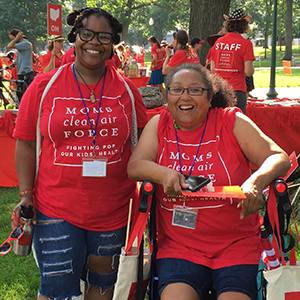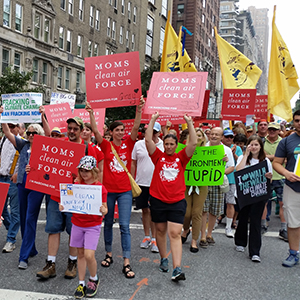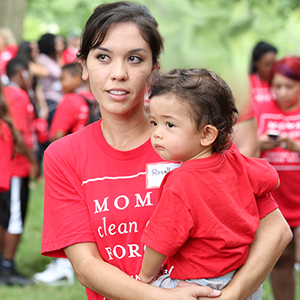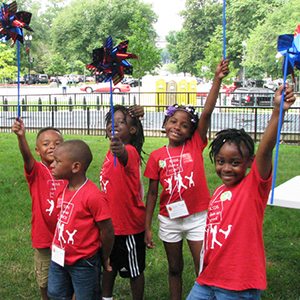By: Patrice Tomcik, National Field Director, Moms Clean Air Force
Date: February 12, 2024
About: Environmental Protection Agency Docket ID No. EPA-HQ-OAR-2023-0434
To: Environmental Protection Agency
My name is Patrice Tomcik, and I am the National Field Director for Moms Clean Air Force—a community of over 1.5 million parents united to protect our children’s health from air pollution and climate change. I am the mother of two boys living in the town of Gibsonia located in Southwest Pennsylvania. I support the Methane Emissions Reduction Program and the need to cut methane and other harmful pollutants from oil and gas operations. This program will help to address the climate crisis and protect the health of children across the country.
While we are all vulnerable to air pollution and climate change, certain populations are impacted more, such as children and frontline communities located the closest to oil and gas operations. In the US, more than 3 million children go to school within a half mile of oil and gas operations that put their health at risk.
Active fracking of 11 gas wells just finished in my son’s Mars Area school district. The closest fracked gas wells are located about a half mile away from the school campus that puts 3,200 students' health at risk. Oil and gas operations emit climate-warming methane and harmful pollutants, such as benzene, that increase the risk of immune system damage and cancers. Every day I send my son to school, I fear for his health, especially since he is a pediatric cancer survivor and is at a greater risk of having cancer again. I am very concerned about what my son may be breathing into his still developing lungs.
There is a growing body of scientific studies indicating an increased risk of health impacts associated with being located in close proximity to oil and gas operations. In a study, researchers from Yale found that Pennsylvania children living near unconventional oil and gas wells are up to three times more likely to be diagnosed with leukemia than those who did not live near wells. My son, who was diagnosed with leukemia at the age of 3, may have been among the children included in the study. The two homes he has lived in all his life on top of the Marcellus shale are surrounded by the very same gas wells that were analyzed in this study. In addition, researchers from the University of Pittsburgh published a report that found associations between gas industry activity in Pennsylvania and increased rates of asthma, and lymphoma in children.
Every time new research comes out, I have to brace myself for fear of the results and what this could mean for my children’s health now and later as an adult. Families living near oil and gas operations need and deserve every tool to protect them from this industry’s harmful pollution.
After a decade of advocating for methane protections, I was thrilled to see EPA finalize federal methane rules last year, but these rules will take time to implement. The Methane Emissions Reduction Program incentivizes companies to take action now to reduce emissions. The methane waste emissions charge is intended to work with federal methane rules and updates to the oil and gas Greenhouse Gas Reporting Program. Not only will these updates ensure that the reported emissions that form the basis of the fee accurately reflect emissions by incorporating real-world data, they will also work together to protect our children from air pollution that is disrupting our climate and impacting health.
In summary, I support the Methane Emissions Reduction Program because quickly and significantly reducing methane pollution from oil and gas operations is one of the best levers we have to slow the rate of climate change now and help clean up the air to protect children’s health.
Every child has the right to breathe clean air, and the right to a stable climate.




